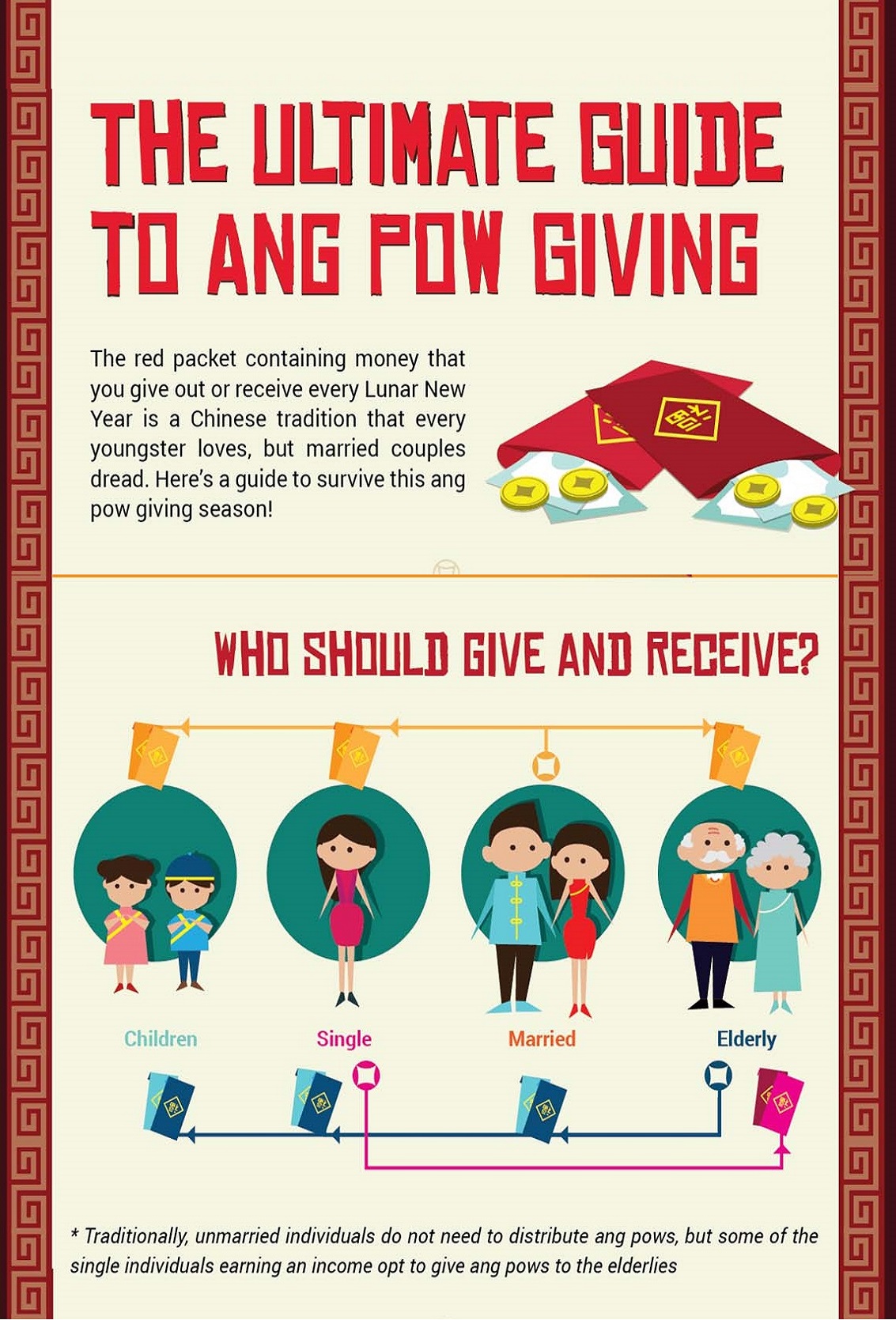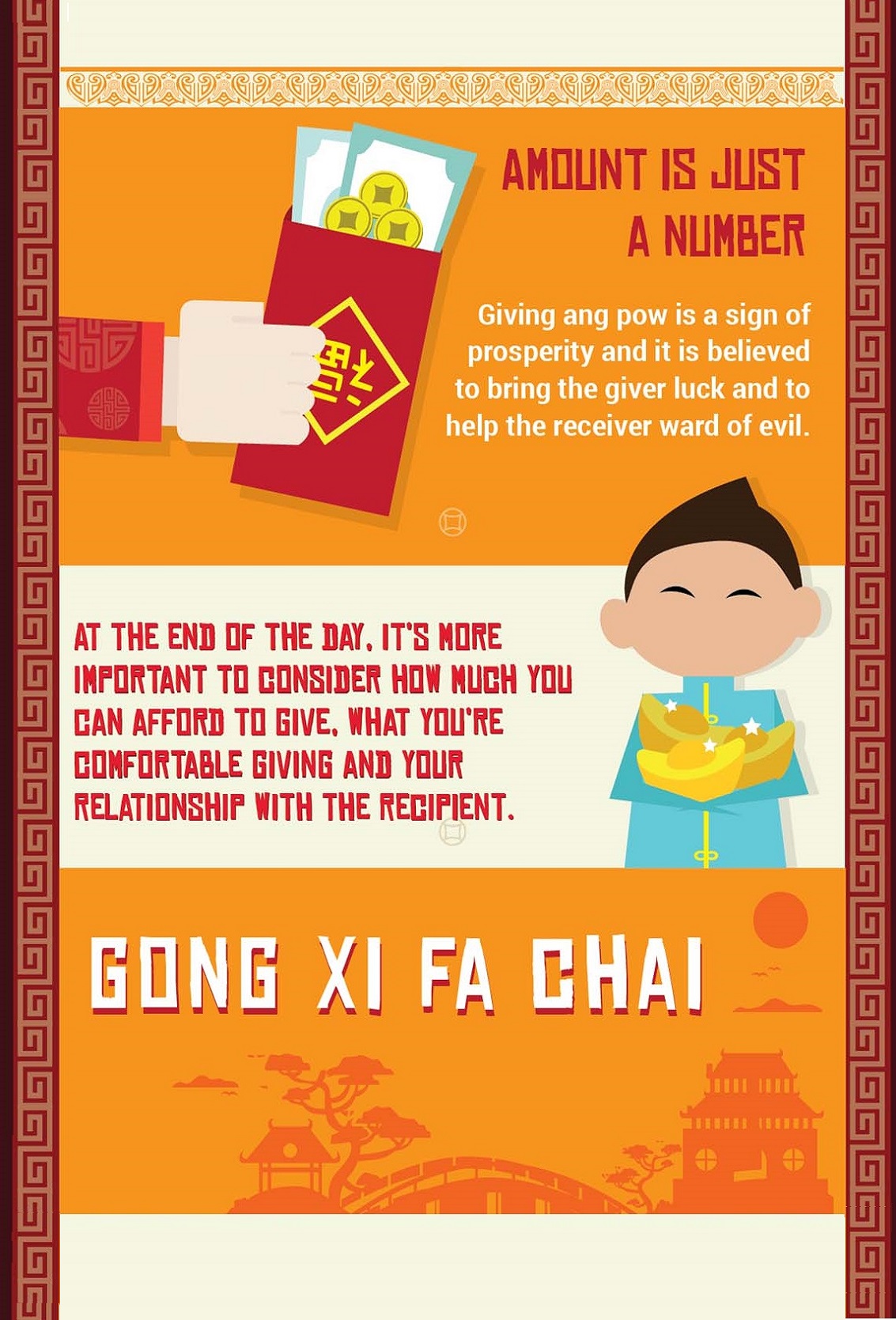CNY Ang Pow Rates Guide 2025

Table of Contents
While Chinese New Year today may look different, some traditions remain the same, like giving and receiving ang pow. Whether you plan to go the e-angpow route or prefer to stick to the traditional red packet, you still need to decide on the amount of money you plan to give out.
Whether you are new to this ang pow giving business or have been doing this a few times, you’ll definitely want to check out our quick guide on the going rates for ang pow in 2025.
Who should give or receive ang pows?
Giving ang pow has long been a Chinese tradition, even for events like weddings, birthdays and baby’s full moons (these are different stories all together).
Though it is a gift and there is no obligation in the amount you are giving, we are humans, and humans tend to complicate things than it should it.
Here’s how the general unspoken rule governing ang pow giving works:
Tradition vs. now
The ang pow giving tradition started as a gesture to ward off bad luck. It is also a symbolic gesture to wish the receiver a safe and peaceful year ahead.
How has this tradition evolved over time?
| Traditional practice | Modern trends |
|---|---|
| Given only to juniors or single adults | - Elderly still give to married younger relatives - Some bosses give to staff |
| Only married couples give ang pow | Working unmarried individuals give ang pow to parents |
| They contain money | Can contain voucher or gold chocolate coins for customer or at children's parties |
| Given out during the 15 days of the Lunar New Year | Can give out a few days before or after the 15 days |
| Must be in red | Golden, yellow or orange packages are available |
| Given when juniors visit the elderly | Given even when junior relative are absent |
| Amount usually in even numbers | Amount can be odd number |
How much should you put in an ang pow?
Peer pressure can put a spin on things, especially if you are new to this. You may start feeling the heat once you see how much other couples are dishing out.
If you are a new parent, keeping tabs on how much your friends and relatives are giving your kid may cause you to reconsider the amounts you had planned to give out as well.
Here’s a general guide you can use:
Is there a minimum amount you can put in the ang pow?
You might be thinking calculation this requires factoring in the Consumer Price Index or pegging it to the Malaysian inflation rate. Generally inflation does play a role. If two decades ago in 2004 it was still common to find RM2 in ang pows, today’s ang pow giving usually starts at RM6 or RM8.
Other general guides include refraining from odd numbers like RM5 or RM7. The same goes for amounts ending in 4, 14 or 24 as the Chinese pronunciation sounds like ‘to die’. Obviously the opposite is true for the number ‘8’. Whether it is RM8, RM18 or RM88, the Chinese pronunciation means ‘prosperity’.
Giving and receiving ang pow for auspicious blessings
Today, the amounts you decide to give in your red packet should be entirely up to the giver – you.
The amount usually varies based on the closeness of relationship, and most importantly your ability. If it’s your first time, the entire process may be somewhat nerve-racking. After a few years experience, it becomes second nature. So, do your part to keep the ang pow giving tradition alive!
May you have a wonderful time giving and receiving ang pow with plenty of auspicious blessings that come with it.
Here’s wishing all our readers a safe, healthy and prosperous Year of the Wood Snake!








